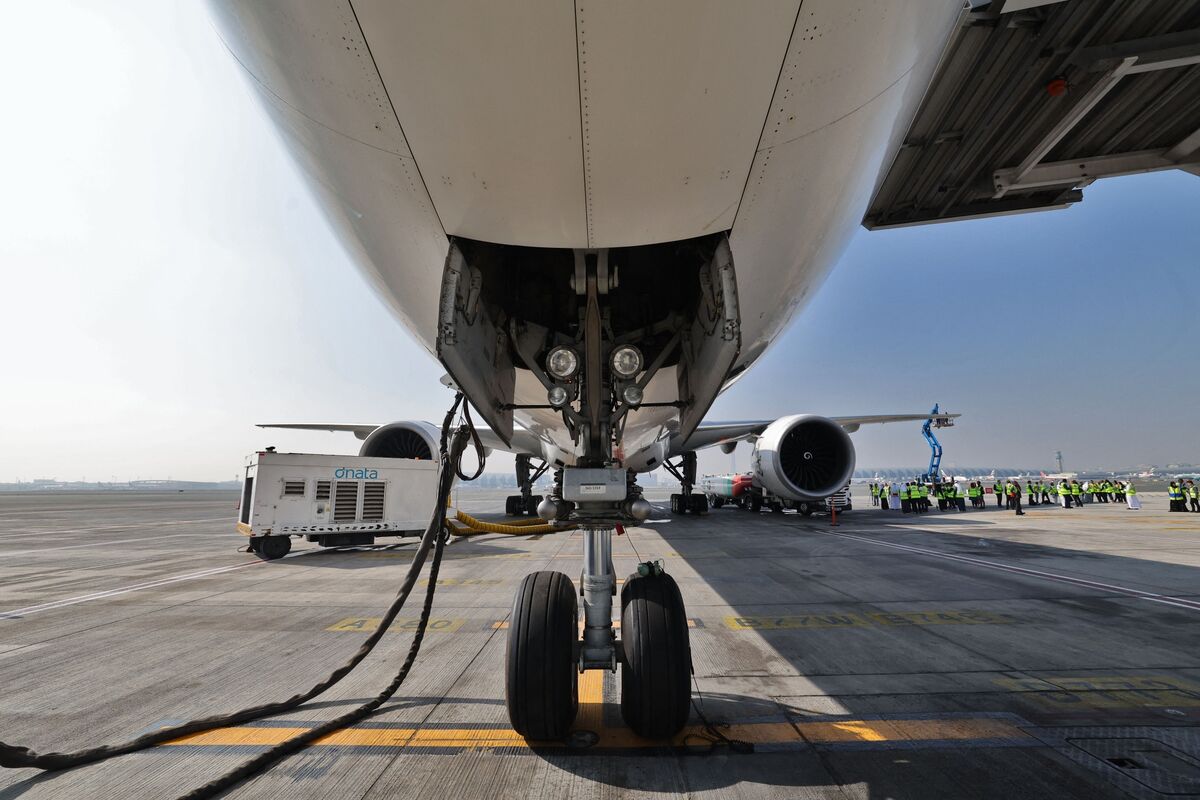
How do planes refuel in mid-air? Imagine soaring thousands of feet above the ground, and suddenly, a flying gas station appears to top up your tank. Mid-air refueling is a fascinating dance of precision and technology. It involves a tanker aircraft extending a fuel hose or boom to a receiving aircraft. The process allows military jets and other planes to stay airborne longer, covering vast distances without landing. This technique is crucial for missions requiring extended flight times. Pilots undergo rigorous training to master this skill, ensuring safety and efficiency. Ready to learn more about this high-flying feat? Let's dive in!
Key Takeaways:
- Aircraft refueling involves using different types of fuel, specialized trucks, and safety measures to ensure safe and efficient operations. In-flight refueling allows military aircraft to stay airborne longer, requiring precision flying and specialized equipment.
- Efforts to reduce the environmental impact of aircraft refueling include the use of sustainable aviation fuel and the design of more fuel-efficient aircraft. These measures aim to minimize the environmental footprint of aviation operations.
The Basics of Aircraft Refueling
Aircraft refueling is a critical process in aviation, ensuring that planes have the necessary fuel to complete their journeys safely. Here are some intriguing facts about this essential operation.
-
Types of Fuel: Aircraft primarily use two types of fuel: Jet-A and Avgas. Jet-A is used for turbine engines, while Avgas is for piston engines.
-
Fuel Capacity: A Boeing 747 can hold up to 48,445 gallons of fuel. That's enough to fill about 2,400 average-sized cars.
-
Refueling Speed: It takes approximately 50 minutes to refuel a Boeing 747. The process is faster than you might think, considering the massive amount of fuel involved.
The Refueling Process
The refueling process involves several steps and safety measures to ensure everything goes smoothly. Let's dive into some specifics.
-
Grounding the Aircraft: Before refueling, the aircraft must be grounded to prevent static electricity buildup, which could ignite the fuel.
-
Fuel Trucks: Specialized fuel trucks, known as bowsers, are used to transport and pump fuel into the aircraft. These trucks are equipped with safety features to prevent spills and accidents.
-
Fuel Nozzles: The nozzles used in aircraft refueling are designed to fit securely into the aircraft's fuel ports, minimizing the risk of leaks.
Safety Measures in Aircraft Refueling
Safety is paramount in aircraft refueling. Various protocols and equipment are in place to ensure the process is as safe as possible.
-
Fire Extinguishers: Fire extinguishers are always on hand during refueling operations to quickly address any potential fires.
-
Emergency Shutoff: Fuel trucks are equipped with emergency shutoff valves that can quickly stop the flow of fuel in case of an emergency.
-
Fuel Quality Checks: Before fueling, the fuel is checked for contaminants like water and debris to ensure it meets quality standards.
In-Flight Refueling
In-flight refueling, also known as aerial refueling, allows military aircraft to stay airborne longer without landing. This process is fascinating and complex.
-
Boom and Drogue Systems: There are two main methods for in-flight refueling: the boom system and the drogue system. The boom system uses a rigid, telescoping tube, while the drogue system uses a flexible hose with a basket at the end.
-
Refueling Aircraft: Specialized aircraft, like the KC-135 Stratotanker, are designed specifically for in-flight refueling. These planes carry extra fuel and have the necessary equipment to transfer it to other aircraft.
-
Precision Flying: In-flight refueling requires precise flying skills from both the refueling and receiving pilots. They must maintain a steady formation to ensure a successful fuel transfer.
Environmental Impact of Aircraft Refueling
Aircraft refueling has environmental implications, and efforts are being made to reduce its impact.
-
Fuel Efficiency: Modern aircraft are designed to be more fuel-efficient, reducing the amount of fuel needed for flights and, consequently, the environmental impact.
-
Sustainable Aviation Fuel (SAF): The aviation industry is exploring the use of sustainable aviation fuel, which is made from renewable resources and has a lower carbon footprint than traditional jet fuel.
The Final Word on Aircraft Refueling
Aircraft refueling is a fascinating process that ensures planes stay airborne and passengers reach their destinations safely. From the precision of in-flight refueling to the sheer volume of fuel required for long-haul flights, there's a lot more to it than meets the eye. Understanding these facts can give you a new appreciation for the complexity and importance of this essential aviation task.
Next time you board a plane, remember the intricate dance of logistics, technology, and expertise that goes into keeping that aircraft fueled and ready for takeoff. Whether it's the role of fuelers on the ground or the high-stakes refueling missions in the sky, each aspect plays a crucial part in modern aviation. So, the next time you see a plane in the sky, think about the incredible refueling process that helps make that journey possible.
Frequently Asked Questions
Was this page helpful?
Our commitment to delivering trustworthy and engaging content is at the heart of what we do. Each fact on our site is contributed by real users like you, bringing a wealth of diverse insights and information. To ensure the highest standards of accuracy and reliability, our dedicated editors meticulously review each submission. This process guarantees that the facts we share are not only fascinating but also credible. Trust in our commitment to quality and authenticity as you explore and learn with us.


